Sotheby's Geneva to sell an impressive selection of magnificent jewels and noble jewels
Lot 459. Formerly in the Collection of Flora Sassoon, Diamond necklace, circa 1900. Estimate: 360,000 – 625,000 CHF / 400,000 - 700,000 USD. Lot sold 1,085,000 CHF / 1,223,186 USD. Photo Sotheby’s 2014
GENEVA.- On 13 May 2014, Sotheby’s Geneva auction of Magnificent Jewels and Noble Jewels will present an impressive selection of signed and period jewels from private collections, some with noble provenance. The array of important diamonds in the sale includes the ‘Graff Vivid Yellow’, an exceptional 100.09 carat daffodil yellow diamond ring and the Victory Diamond, named in honour of the Allied victory in World War II. Coloured stones include an important 121.00 carat Burmese sapphire and an exquisite 12.46 carat Burmese ruby. Collectors of jewels from the 20th century will be captivated by the Belperron jewels from the collection of Mme Picha-Eisenstein, a close friend of the celebrated designer Suzanne Belperron.
David Bennett, Chairman of Sotheby’s Switzerland and Chairman of the Jewellery Department for Europe and the Middle East commented: “It is a very interesting and varied sale featuring fine coloured gemstones, magnificent white diamonds, and a wide choice among many private collections of fine jewellery, some of them with noble provenance. Of particular interest to the collector will be the fascinating group of jewels by Suzanne Belperron which was formed by one of her close friends, Madame Mary Picha-Eisenstein; and a small but exquisite private collection of art nouveau jewels by René Lalique”.
Jewels from the Collection of Flora Sassoon
Sotheby’s will present a selection of jewels from the collection of Flora Sassoon. A pioneering and influential figure of the late 19th and early 20th century, Flora Sassoon excelled in business, successfully running her husband’s Bombay business after he died, and went on to shine in social and philanthropic circles in turn-of-the-century London. Outstanding pieces from her collection include a ravishing diamond necklace, (lot 459, est. CHF 360,000 – 625,000 / $400,000 – 700,000).
The auction will also feature an impressive selection of pieces from other important private collections, some of noble and royal provenance.
Lot 459. Formerly in the Collection of Flora Sassoon, Diamond necklace, circa 1900. Estimate: 360,000 – 625,000 CHF / 400,000 - 700,000 USD. Lot sold 1,085,000 CHF / 1,223,186 USD. Photo Sotheby’s 2014
Composed of a rivière of variously cut diamonds including cushion-shaped, circular-cut and rose diamonds, suspending a fringe of similarly set foliate and drop motifs, length approximately 375mm.
Mrs. Flora Sassoon wearing the necklace.
Diamonds of exception
The Magnificent Jewels section features an exceptional offering of important diamonds, led by the spectacular ‘Graff Vivid Yellow’, a sensational daffodil yellow diamond weighing 100.09 carats, mounted as a ring. Of exceptional beauty and extraordinary fire and brilliance, this gem is among the largest Fancy Vivid Yellow diamonds in the world, appearing on the list of the ‘World’s Largest Cut Diamonds’ in Ian Balfour’s Famous Diamonds (2008) (lot 507, est. CHF 13,400,000 – 22,300,000 / $15,000,000 – 25,000,000).
Lot 507. Sensational and rare fancy vivid yellow diamond ring, Graff, known as 'The Graff Vivid Yellow'. Est. CHF 13,400,000 – 22,300,000 / $15,000,000 – 25,000,000. Lot sold 14,501,000 CHF / 16,347,847 USD. Photo: Sotheby's. 2014
Featuring a cushion modified brilliant fancy vivid yellow diamond weighing 100.09 carats, the shoulders embellished with brilliant-cut diamonds, size 50, signed Graff, diamond detachable from band and may be worn as a pendant, case by Graff.
Accompanied by GIA duplicate report no. 15142095, stating that the diamond is Fancy Vivid Yellow, Natural Colour, VS2 Clarity.
Of exceptional beauty and extraordinary fire and brilliance, this gem is one of the largest fancy vivid yellow diamonds in the world. Other important fancy vivid yellow diamonds to recently appear at auction include: 'The Lady Dalal', a 110.03 carat pear-shaped diamond which set a world auction record price for a yellow diamond at Sotheby's Geneva in November 2011, selling for 11,282,500 CHF/12,361,558 USD; and a 20.80 carat marquise-shaped diamond which sold at Sotheby's Geneva in November 2013 for an astounding per carat price of 228,701 CHF/258,202 USD (sold for 4,757,000 CHF/5,184,702 USD).
The Graff Vivid Yellow is listed in Ian Balfour's reference book Famous Diamonds, published in 2008, as one of the few rare yellow diamonds greater than 100 carats.
The selection will also include a stunning cushion brilliant-cut diamond weighing 70.33 carats. This D Colour flawless gem was found to be part of the rare Type IIa subgroup – chemically the purest of all diamond crystals and often with extraordinary optical transparency (lot 500, est. CHF 10,700,000 – 14,300,000 / $12,000,000 – 16,000,000).
Lot 500. Magnificent diamond ring, illustrated unmounted . Weighing 70.33 carats, D Colour, Flawless, Type IIa, Excellent Polish, Excellent Symmetry. Estimate: 10,700,000 - 14,300,000 CHF / 12,000,000 – 16,000,000 USD. Lot sold 12,597,000 CHF / 14,201,354 USD. Photo Sotheby’s 2014
Accompanied by GIA report no. 5151832545, stating that the diamond is D Colour, Flawless, Type IIa, Excellent Polish, Excellent Symmetry.
Note: Introduced at the beginning of the 20th century, the modern cushion-cut derives from ancient cushion-cut diamonds, sometimes referred to as 'old mine' cuts. The most famous predecessor of today’s cushion-cut is the 140.64 carat Regent diamond, formerly part of the French Crown Jewels, currently conserved at the Louvre, Paris. Discovered in Golconda, India in 1698 and sent to England to be cut between 1704 and 1706, the Regent became one of the first important examples of cushion-shaped diamonds. Probably developed in the 17th century, this cut slowly replaced the former dominant style of faceting, known as step-cutting. This experiment with perpendicular cuts, as opposed to horizontal ones, ultimately led to the development of the true round brilliant, in the late 19th century.
This magnificent 70.33 carat cushion brilliant diamond has not only received the highest colour and clarity grade from the GIA for white diamonds, D Colour, Flawless Clarity, but has also been found to be part of the rare Type IIa subgroup. Stones of this group, which comprise less than 2% of all gem diamonds, are chemically the purest of all diamond crystals and often have extraordinary optical transparency.
Of fascinating historical significance is the Victory Diamond, named in honour of the Allied victory in World War II. A step-cut diamond weighing 31.34 carats, it was also graded by the GIA (Gemmological Institute of America) as D Colour and Potentially Flawless, and is also Type IIa. The Victory Diamond formerly belonged to Florence Gould, celebrated as one of the truly great collectors of jewellery in the 20th century (lot 504, est. CHF 4,460,000 – 7,100,000 / $5,000,000 – 8,000,000).
Property from a Private Collection. The Victory Diamond. Weighing 31.34 carats, D Colour, VVS2 Clarity, Type IIa Potentially Internally Flawless. Estimate: 4,460,000 CHF - 7,100,000 CHF / 5,000,000 - 8,000,000 USD. Unsold. Photo Sotheby’s 2014
Among the other white diamonds on offer is a spectacular diamond ring by Graff, set with a round brilliant-cut diamond which, at 103.46 carats, is one of the largest known round diamonds. The gem, like the ‘Graff Vivid Yellow’, appears on Famous Diamonds’ list of the ‘World’s Largest Cut Diamonds’ (lot 506, est. CHF 3,200,000 – 4,460,000 / $3,500,000 – 5,000,000).
Lot 506. Spectacular and rare diamond ring, Graff. Weighing 103.46 carats, N Colour, SI1 Clarity. Estimate: 3,200,000 — 4,460,000 CHF / 3,607,552 — 5,028,026 USD. Lot sold 4,309,000 CHF / 4,857,794 USD. Photo Sotheby’s 2014
Set with a round brilliant diamond weighing 103.46 carats, size 53, signed Graff, numbered.
Accompanied by GIA duplicate report no. 16217323, stating that the diamond is N Colour, SI1 Clarity.
Note: One of the largest known round brilliant diamonds in the world, it appears in the list of 'The World's Largest Cut Diamonds', in the reference book by Ian Balfour, Famous Diamonds, published in 2008.
The section will also feature an impressive array of step-cut, potentially flawless diamonds, including a D Colour 17.25 carat diamond (lot 493, est. CHF 1,520,000 – 2,200,000 / $1,700,000 – 2,400,000). Also worthy of note is a 30.01 carat diamond (lot 496, est. CHF 1,340,000 – 2,230,000 / $1,500,000 – 2,500,000).
Lot 493. Fine step-cut diamond ring. Weighing 17.25 carats, D Colour, VVS1 Clarity. Estimate 1,520,000 — 2,200,000 CHF / 1,713,587 — 2,480,192 USD. Lot Sold 2,285,000 CHF / 2,576,018 USD. Photo Sotheby’s 2014
The step-cut diamond weighing 17.25 carats, set between tapered baguette diamond shoulders, size 49, sizing band, French assay and partial maker's marks.
Accompanied by GIA report no. 5151809301, stating that the diamond is D Colour, VVS1 Clarity, together with a working diagram stating that the diamond may be internally flawless after repolishing.
Lot 496. Impressive step-cut diamond. Weighing 30.01 carats, H Colour, Internally Flawless. Estimate 1,340,000 — 2,230,000 CHF / 1,510,662 — 2,514,013 USD. Lot Sold 2,165,000 CHF / 2,440,734 USD. Photo Sotheby’s 2014
Claw-set with a step-cut diamond weighing 30.01 carats, size 50, French assay and maker's marks.
Accompanied by GIA report no. 7200359, stating that the diamond is H Colour, Internally Flawless.
Coloured Diamonds
The selection of coloured diamonds comprises a delightful ring of toi et moi design, set with two diamonds: one a Fancy Vivid Blue of 3.08 carats and the other a Fancy Intense Blue weighing 2.83 carats. Both diamonds are potentially flawless (lot 526, est. CHF 3,570,000 – 6,200,000 / $4,000,000 – 7,000,000).
The allure of pink diamonds is exemplified this Spring in a Fancy Pink diamond ring, claw-set with a marquise-shaped stone weighing 12.07 carats (lot 522, est. CHF 3,570,000 – 6,200,000 / $4,000,000 – 7,000,000) along with a round brilliant Fancy Light Pink diamond ring weighing 10.11 carats (lot 525, est. CHF 450,000 – 715,000 / $500,000 – 800,000).
Lot 522. From an Important Private Collection. Fancy Pink diamond ring. Weighing 12.07 carats, Natural Colour, Fancy Pink, Internally Flawless. Estimate: 3,570,000 - 6,200,000 CHF / 4,000,000 – 7,000,000 USD. Lot sold 6,437,000 / 7,256,816 USD. Photo Sotheby’s
Claw-set with a marquise-shaped fancy pink diamond weighing 12.07 carats, size 52.
Accompanied by GIA report no. 2155865947, stating that the diamond is Fancy Pink, Natural Colour, Internally Flawless.
Lot 526. From an Important Private Collection. Fancy Vivid Blue and Fancy Intense Blue "toi et moi" diamond ring, set with one fancy vivid blue diamond weighing 3.08 carats, the other fancy intense blue weighing 2.83 carats, both VVS1 clarity and both Potentially Flawless. Estimate: 3,570,000 - 6,200,000 CHF / 4,000,000 - 7,000,000 USD. Lot sold 5,765,000 CHF / 6,499,230 USD. Photo Sotheby’s 2014
Of toi et moi design, set with two pear-shaped diamonds, one fancy vivid blue weighing 3.08 carats, the other fancy intense blue weighing 2.83 carats, between tapered baguette diamonds, size 511/2.
Accompanied by GIA report number 5151866035, stating that the 3.08 carat diamond is Fancy Vivid Blue, Natural Colour, VVS1 Clarity, and GIA report no. 5151866047, stating that the 2.83 carat diamond is Fancy Intense Blue, Natural Colour, VVS1 Clarity; additionally accompanied by a working diagram for both diamonds stating that they may be internally flawless after repolishing.
Lot 525. From an Important Private Collection. Fancy Light Pink diamond ring weighing 10.11 carats, Natural Colour, Fancy Light Pink, VS2 Clarity. Estimate: 450,000 – 715,000 CHF / 500,000 – 800,000 USD. Lot sold 3,525,000 CHF / 3,973,944 USD. Photo Sotheby’s
The round brilliant fancy light pink diamond weighing 10.11 carats, claw-set between tapered baguette diamond shoulders, size 49, together with an eternity band set with brilliant-cut diamonds, size 50, signed Boucheron, French assay mark, and an additional gold band, size 511/2, bands unillustrated
Accompanied by GIA report no. 5151865929, stating that the diamond is Fancy Light Pink, Natural Colour, VS2 Clarity
Coloured Gemstones
The sale in May will also feature a rich assortment of exceptional gemstones. The exemplary characteristics of Burmese rubies are represented by a very important ruby and diamond ring (left), set with a cushion-shaped ruby weighing 12.46 carats between triangular diamond shoulders (lot 461, est. CHF 2,500,000 – 4,250,000 / $2,800,000 – 4,800,000).
Lot 461. A very important Burmese ruby and diamond ring weighing 12.46 carats. Estimate: 2,500,000–4,250,000 CHF / 2,800,000–4,800,000 USD. Lot sold 3,301,000 CHF / 3,721,415 USD. Photo Sotheby’s 2014.
Set with a cushion-shaped ruby weighing 12.46 carats, between triangular diamond shoulders, size 53.
Note: The Mogok area of Myanmar, about 90 miles northeast of Mandalay is, without doubt, the world’s most important source of gem-quality rubies. Only within this area of approximately 20 miles in length, at an elevation of about 4’000 feet, does one find the ideal geological conditions necessary to produce rubies of exquisite colour for which Burma is, and has always been, famous. At its best, a Burmese ruby will be a rich red colour of high intensity. The majority of rubies are found in alluvial (riverbed) deposits weathered from crystalline limestone or marble.
Exactly when mining began in the Mogok area is unknown, but prehistoric tools have been discovered nearby. The earliest records indicate that the King of Burma secured the mines from the local Shaw ruler in 1597. Mining conditions were deplorable, and by 1780 it was necessary to bring in slaves to supplement the dwindling number of native workers. All rubies over a certain value and size were automatically surrendered to the king with no compensation to the miners. Conditions worsened with the appointment of local governors who taxed the miner on their finds. Rulers suspected the miners of breaking up large rubies into smaller sizes, which perhaps accounts for the extreme scarcity of sizeable rubies throughout history. It is also entirely possible that, in reality, very few large stones existed in the first place.
By 1886, political and economic conditions led to the British annexation of Upper Burma. Within a few years, the British Government awarded control of the mines to Bond Street jeweller Edwin Streeter, who formed the Burma Ruby Mines Ltd. The British introduced relatively modern methods of working the mines, but met only with mixed results. By 1931, the operation closed, and the Mogok area reverted back to the native miners and their century-old indigenous methods.
Meanwhile, a fine example of Kashmir sapphires is found in an important sapphire and diamond ring – the cushion-shaped sapphire weighing 10.96 carats mounted as a ring between demi-lune diamond shoulders. The Swiss Gemmological Institute describes this exceptional sapphire: “the velvety blue of this sapphire is due to very fine and subtle inclusions and a combination of well-balanced trace elements in the gemstone” (lot 492, est. CHF 1,100,000 – 1,400,000 / $1,200,000 – 1,600,000).
Lot 492. Very fine Kashmir sapphire weighing 10.96 carats. Estimate: 1,100,000 — 1,400,000 CHF / 1,240,096 — 1,578,304 USD. Lot sold 1,565,000 CHF / 1,764,318 USD. Photo Sotheby’s 2014.
Accompanied by SSEF report no. 68900 and Gübelin report no. 13067099, each stating that the sapphire is of Kashmir origin, with no indications of heating; the SSEF report in a hardbound document together with an appendix letter expressing the exceptional quality of this sapphire.
"The velvety blue of this sapphire is due to very fine and subtle inclusions and a combination of well-balanced trace elements in the gemstone, typical and characteristic for the finest sapphires of Kashmir," SSEF appendix letter, 26 June 2013.
Connoisseurs will also delight in a rare and magnificent unmounted Burmese sapphire – an oval stone weighing 121.00 carats. The gem is accompanied by a Gübelin report stating that the stone is “free from thermal treatment, and possessing a richly saturated and homogenous colour, combined with a high degree of transparency” (lot 445, est. CHF 1,200,000 – 1,600,000 / $1,300,000 – 1,800,000).
Lot 445. Rare and important unmounted Burmese sapphire weighing 121.00 carats. Estimate: CHF 1,200,000 – 1,600,000 / $1,300,000 – 1,800,000. Unsold. Photo Sotheby’s 2014.
The section will offer a variety of emerald jewels, including an emerald and diamond ring, featuring a step-cut Colombian emerald weighing 30.32 carats (lot 514, est. CHF 270,000 – 450,000 / $300,000 – 500,000). A further example of the dazzling green of Colombian emeralds can be found in an exquisite pair of emerald and diamond ear clips, each with a bow-shaped surmount set with triangular diamonds and a cabochon emerald, suspending a drop-shaped emerald (lot 520, est. CHF 180,000 – 270,000 / $200,000 – 300,000).
Lot 514. Important Colombian emerald and diamond ring weighing 30.32 carats. Estimate: CHF 270,000 – 450,000 / $300,000 – 500,000. Unsold. Photo Sotheby’s 2014.
Lot 520. Pair of impressive Colombian emerald and diamond ear clips. Estimate: 180,000 – 270,000 CHF / 200,000 – 300,000 USD. Lot sold 653,000 CHF / 736,166 USD. Photo Sotheby’s 2014.
Each bow shaped surmount set with triangular diamonds and a cabochon emerald, suspending a drop-shaped emerald measuring approximately 14.95 x 15.35 x 27.00 and 13.75 x 15.15 x 26.50mm, capped with brilliant-cut diamonds.
Accompanied by SSEF report no. 72243, stating that the drop-shaped emeralds are of Colombian origin, with a moderate amount of oil in fissures.
The sale will include a wide selection of fine natural pearl jewels - more than 60 pieces - among them necklaces and ear pendants and fine pearl drops. Highlights include a natural pearl and diamond necklace (lot 505, est. CHF 225,000 – 315,000 / $250,000 – 350,000) and a pair of natural pearl and diamond pendent earrings from a Noble Collection (lot 460, est. CHF 315,000 – 490,000 / $350,000 – 550,000).
Lot 505. Important natural pearl and diamond necklace. Estimate: 225,000 – 315,000 CHF / 250,000 – 350,000 USD. Lot sold 2,629,000 CHF / 2,963,829 USD. Photo Sotheby’s 2014.
Composed of a strand of graduated natural pearls measuring from approximately 7.75 to 12.15mm, the clasp decorated with a pearl within a floral motif millegrain-set with pear-shaped, single-cut and rose diamonds, length approximately 540mm.
Accompanied by SSEF report no. 72585, stating that fifty-three pearls were found to be natural, saltwater.
Lot 460. Property of a lady of title. Pair of important natural pearl and diamond pendent earrings. Estimate: 225,000 – 315,000 CHF / 250,000 – 350,000 USD. Lot sold 725,000 CHF / 817,336 USD. Photo Sotheby’s 2014.
Each set with a slightly baroque drop-shaped natural pearl, measuring approximately 3.20 x 14.15 x 19.70 and 11.80 x 14.80 x 19.80mm, suspended from a line of baguette diamonds, the detachable surmount and pearl cap accented with brilliant-cut diamonds, post and clip fittings.
Signed and Period Jewels
The sale this spring features a fascinating selection of jewels demonstrating exemplary craftsmanship and historical significance. A fragment of aviation history is brought to life through a gold and diamond necklace from the collection of Jacqueline Auriol, celebrated as one of the most audacious test pilots of the 20th century. A gift to Mme Auriol from aircraft industrialist Marcel Dassault in honour of her achievements, the necklace is embellished to the side with a gold Mystère IV fighter jet and a line of graduating circular-cut diamonds (lot 432, est. CHF 20,000 – 30,000 / $22,000 – 33,000).
Lot 432. From the collection of Jacqueline Auriol. Gold and diamond necklace, Van Cleef & Arpels, 1956. Estimate: 20,000 – 30,000 CHF / 22,000 – 33,000 USD. Lot sold 245,000 CHF / 276,203 USD. Photo Sotheby’s 2014.
Of tissu Jersey design, embellished to the side with a gold Mystère IV fighter jet and a line of graduating circular-cut diamonds, length approximately 380mm, signed Van Cleef & Arpels, numbered, French assay and maker's marks, case by Van Cleef & Arpels, the cover monogrammed J.A.
This necklace was given to Mme Jacqueline Auriol by aircraft industrialist Marcel Dassault, at a ceremony held on the Place Vendôme, 16 December 1956. The official occasion honoured Marcel Dassault, who received the Legion of Honor’s Grand Cross, France's highest award. It also marked the delivery of the 225th Mystère IV jet ordered by the United States as part of an agreement with NATO.
Literature : Cf: Sylvie Raulet, Bijoux des Années 1940 et 1950, Paris, 1987, pg. 59 for an illustration of this necklace with an alternate gold plane element, which was given to Mme Auriol at the same time as the present element.
July 5, 1955, Bretigny airfield, near Paris, France, Mme Auriol seated in the Mystère IV turbo jet fighter aircraft in which she broke the women’s world air speed record at 1,151 kilometers an hour (715.185 miles). © AP Photo/Jean Jacques Levy
“The Fastest Woman in the World”, Jacqueline Auriol (1917-2000)
Born to a wealthy shipbuilder on the Bay of Biscay and married at the age of twenty-one to the son of the future French president, Mme Auriol’s great beauty and privileged upbringing would never have predicted her spectacular future as one of the most daring test pilots of the 20th century. France’s first female test pilot, Mme Auriol not only became the first European woman to break the sound barrier, she was also named “the fastest woman in the world” when she flew 818km per hour over a 100km course, in 1951. Four years later, she broke Mach 2, flying at twice the speed of sound.
Mme Auriol’s entry into the world of aviation came shortly after World War II. A mother of two, she chose to stay in France during the war, living under a false identity while her husband partook in the resistance movement. Recalling this time she told The Washington Post in 1970, “I began to realize that I loved danger”. Following the war, her father-in-law, Vincent Auriol (1884-1966), became the first President of the Fourth French Republic. She and her family moved into the Elysée Palace where, at a dinner party one evening, she was seated beside a test pilot whose stories captivated her. Mesmerized, she asked if he would teach her to fly. “The parties and receptions were not enough to keep my interest,” she was quoted as saying - and her legacy was born.
A year after acquiring her pilot’s license in 1948, Mme Auriol was the passenger in a twin-motored hydroplane SCAN-30 when it crashed into the Seine. Unlike others on the flight, she survived, but was “broken in a million pieces”. “I had no face, no nose, nothing”, she said. Over the next couple of years she endured more than two dozen surgeries, the result of which was considered quite remarkable. As reported by a paper of the time “her nose might be American, but her smile remained unmistakably French”. Undeterred, Mme Auriol travelled to the US between her last two operations to earn her helicopter rating in only four short weeks.
In 1950, Mme Auriol earned her military license and qualified as France’s first female test pilot. On May 11, 1951, she set a new women’s speed record, flying 508.8 mph in a British Vampire jet, besting American Jacqueline Cochran’s previous record. This feat began a friendly rivalry between the two Jacqueline’s and the pair continued to exchange records throughout the following decade. In 1953, while flying a Mystère IV, Mme Auriol became only the second woman to break the sound barrier. She would later be one of the first test pilots of the supersonic Concorde.
She received many awards throughout her flying career including aviation awards from Presidents Truman and Eisenhower and was decorated with the French Legion d'Honneur. She also wrote an autobiography called Vivre pour Voler. At her death in 2000, Jacques Chirac, former President of France, called her ''the incarnation of courage and modernity for the French people.''.
Connoisseurs of jeweler Van Cleef & Arpels will delight in wonderful examples of serti mystérieux craftsmanship: a selection of jewels designed as flowers, the petals composed of calibré-cut rubies, the pistils with brilliant-cut diamonds. The sale includes a ruby and diamond brooch, ‘Deux Fleurs’, 1996 (lot 501, est. CHF 135,000 - 225,000 / $150,000 – 250,000), along with a pair of ruby and diamond ear clips ‘Pergola Royale’, 1996 (lot 502, est. CHF 135,000 – 225,000 / $150,000 – 250,000) and a pair of ruby and diamond brooches (lot 517, est. CHF 65,000 – 90,000 / $70,000 – 100,000).
A ruby and diamond brooch, ‘Deux Fleurs’, 1996 (lot 501, est. CHF 135,000 - 225,000 / $150,000 – 250,000), with a pair of ruby and diamond ear clips ‘Pergola Royale’, 1996 (lot 502, est. CHF 135,000 –225,000 / $150,000 – 250,000. Photo: Sotheby's 2014.
Lot 501. Ruby and diamond brooch, 'Deux Fleurs', Van Cleef & Arpels, 1996. Estimate: 135,000 - 225,000 / 150,000 – 250,000 USD. Lot sold 281,000 CHF / 316,788 USD. Photo Sotheby’s 2014.
Designed as two flowers, the petals composed of rubies en serti mystérieux, the pistils set with brilliant-cut diamonds, signed Van Cleef & Arpels, numbered, French assay and maker's marks, case stamped Van Cleef & Arpels.
Exhibited :Van Cleef & Arpels, 50 Years of History, Geneva, 16 November 2013 to 1 March 2014.
Literature : Cf: Sarah D. Coffin et al., Set in Style; The Jewellery of Van Cleef & Arpels, Smithsonian, Cooper-Hewitt, New York, 2011, pg. 126 for 'Flower' study sketches and brooches of similar design.
Lot 502. Pair of ruby and diamond ear clips, 'Pergola Royale', Van Cleef & Arpels, 1996. Estimate: 135,000 - 225,000 / 150,000 – 250,000 USD. Lot sold 221,000 CHF / 249,147 USD. Photo Sotheby’s 2014.
Each featuring two flowers, the petals composed of calibré-cut rubies en serti mystérieux, the leaves and pistils set with brilliant-cut diamonds, each signed V.C.A., numbered, French assay and maker's marks, case by Van Cleef & Arpels.
Exhibited : Van Cleef & Arpels, 50 Years of History, Geneva, 16 November 2013 to 1 March 2014.
The Art Nouveau designer René Lalique is represented by a small but exquisite private collection of jewels, including a natural pearl, enamel and diamond devant le corsage set with glass berry clusters and circular-, single-cut and rose diamonds, suspending a baroque-shaped natural pearl (lot 391, est. CHF 105,000 – 135,000 / $118,000 – 150,000).
Lot 391. Natural pearl, enamel and diamond devant de corsage, Lalique, circa 1900. Estimate: 105,000 – 135,000 / 118,000 – 150,000 USD. Lot sold 281,000 CHF / 316,788 USD. Photo Sotheby’s 2014.
Of spray design, the lanceolated leaves decorated with iridescent enamel, set with glass berry clusters and circular-, single-cut and rose diamonds, suspending a baroque-shaped natural pearl, signed Lalique, French assay and maker's marks.
Accompanied by SSEF report no. 72357, stating that the pearl was found to be natural, freshwater.
Literature: Cf: Sigrid Barten, René Lalique, 1890-1910, Bonn, 1989, pgs. 378 and 412-413 for illustrations of similar designs by René Lalique.
Sotheby's Geneva has led the market for Belperron jewels since the sale of Suzanne Belperron's personal collection in 2012. The woman widely recognised as the greatest female jewellery designer of the 20th century is well represented in this sale, with a selection showcasing her creativity and craft. The ensemble is from the Collection of Mme Picha-Eisenstein, a dear friend of Mme Belperron who regularly sought out Suzanne to make jewels for her personal collection. Admiring of her talent, she often recommended Mme Belperron to famous actors and actresses whom she knew through her husband, Boris Eisenstein, founder of the “Société Parisienne de Sonorisation”. She wore her Belperron jewels when attending the annual Cannes Film Festival where she met the likes of Charlie Chaplin, Marlene Dietrich, Cary Grant and dear friends Walt and Roy Disney. Highlights from Mme Picha-Eistensten’s collection include a pair of diamond clips by Suzanne Belperron, 1943, accompanied by a hinged torque necklace (lot 233, est. CHF 37,000 – 50,000 / $40,000 – 53,000) and a diamond cuff bracelet, ‘Mon Bracelet’, Suzanne Belperron, 1942, composed of three tapered bands set with circular-cut diamonds (lot 249, est. CHF 37,000 – 50,000 / $40,000 – 53,000).
From the collection of Madame Mary Picha-Eisenstein. Lot 233. Pair of diamond clips/necklace, Suzanne Belperron, 1943. Estimate: 37,000 – 50,000 / 40,000 – 53,000 USD. Lot sold 137,000 CHF / 154,448 USD. Photo Sotheby’s 2014.
Each clip of reed design, set with circular-, single-cut and baguette diamonds, decorating a detachable hinged torque necklace, length approximately 365mm, French assay and maker's marks for Groëné & Darde.
Accompanied by a certificate from Olivier Baroin.
Note: Madame Mary Picha-Eisenstein was born in Vienna in 1901, where she lived until moving to Paris with her son in 1935. A dear friend of Suzanne Belperron and only one year her senior, Mme Picha-Eisenstein regularly sought out Mme Belperron to make jewels for her personal collection. Admiring of her talent, she often recommended Mme Belperron to famous actors and actresses whom she knew through her husband, Boris Eisenstein, founder of the “Société Parisienne de Sonorisation”, the company responsible for dubbing Disney and James Bond movies. A regular at the Cannes Film Festival, she mixed with the likes of Charlie Chaplin, Marlene Dietrich, Cary Grant and her good friends Michèl Morgan, Walt and Roy Disney. For such events, she paired her extravagant evening gowns with parures created by Mme Belperron. Her affection for her friend’s beautiful creations continued until Mme Picha-Eisenstein’s passing in 1988.
Mme Picha-Eisenstein (1901-1988) wearing the above clips/necklace, portrait by Jean-Dominique van Caulaert.
From the collection of Madame Mary Picha-Eisenstein. Lot 249. Diamond cuff bracelet, 'Mon Bracelet', Suzanne Belperron, 1942. Estimate: 37,000 – 50,000 / 40,000 – 53,000 USD. Lot sold 158,600 CHF / 178,799 USD. Photo Sotheby’s 2014.
Composed of three tapered bands set with circular-cut diamonds, inner circumference approximately 160mm.
Accompanied by a certificate from Olivier Baroin.

/https%3A%2F%2Fprofilepics.canalblog.com%2Fprofilepics%2F1%2F0%2F100183.jpg)
/https%3A%2F%2Fstorage.canalblog.com%2F03%2F02%2F119589%2F96711876_o.jpg)
/https%3A%2F%2Fstorage.canalblog.com%2F11%2F31%2F119589%2F94773502_o.jpg)
/https%3A%2F%2Fstorage.canalblog.com%2F20%2F83%2F119589%2F94772815_o.jpg)
/https%3A%2F%2Fstorage.canalblog.com%2F26%2F72%2F119589%2F75604929_o.jpg)
/https%3A%2F%2Fstorage.canalblog.com%2F59%2F60%2F119589%2F26458628_o.jpg)
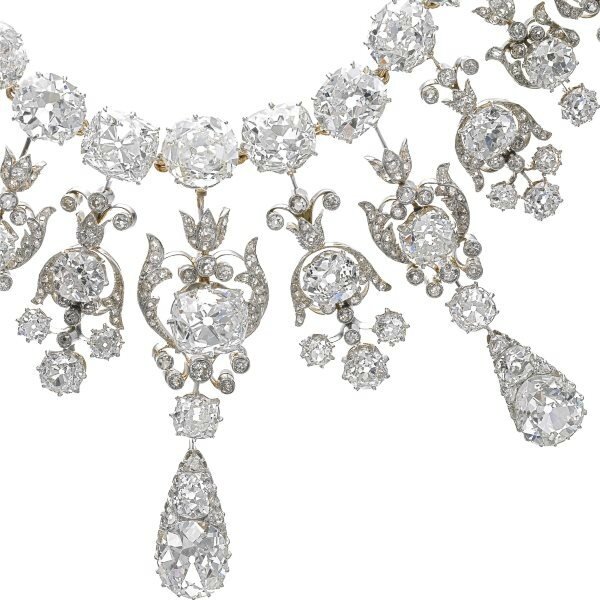
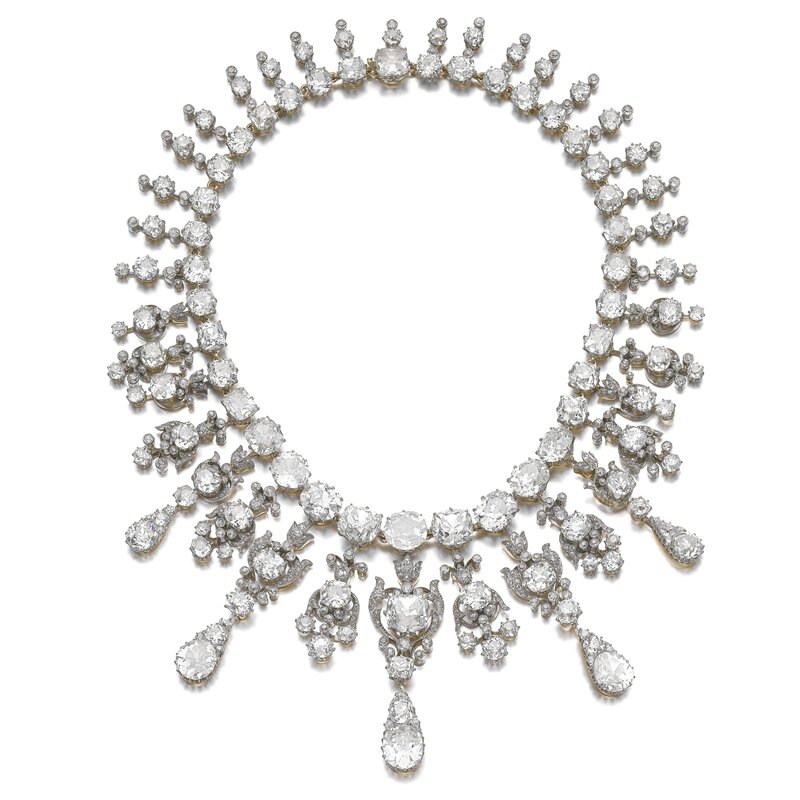
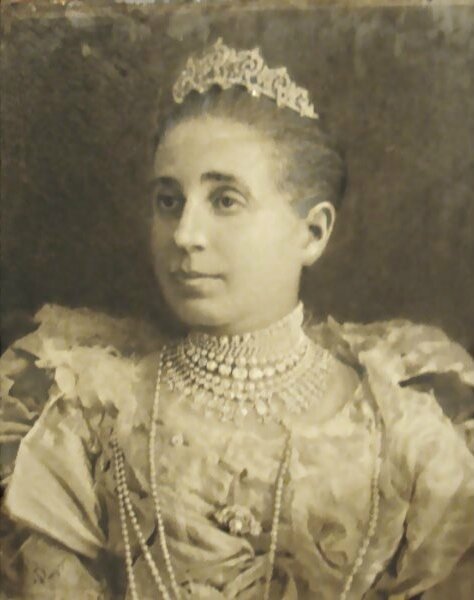
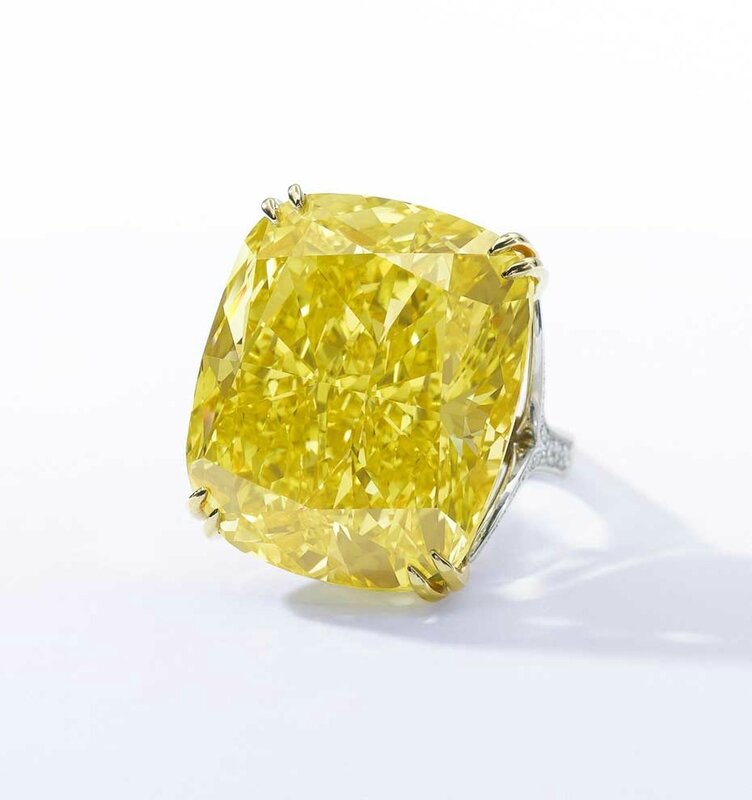
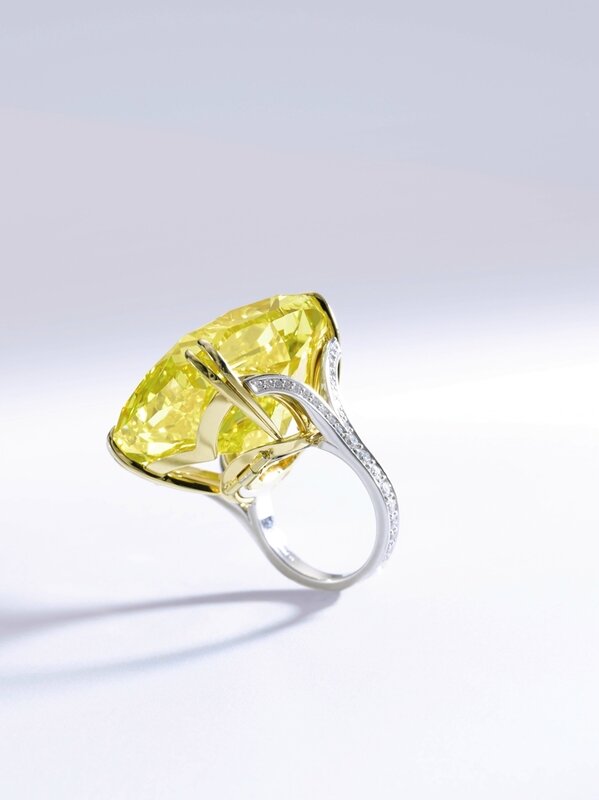
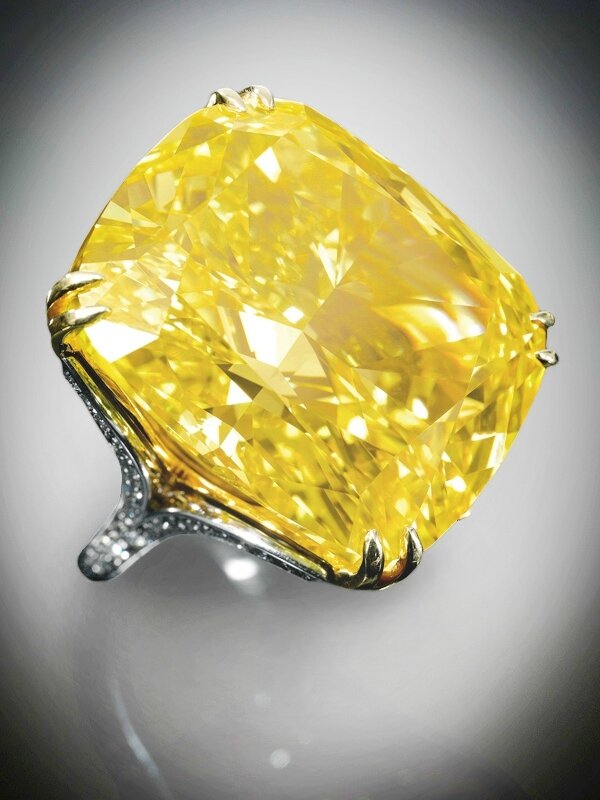


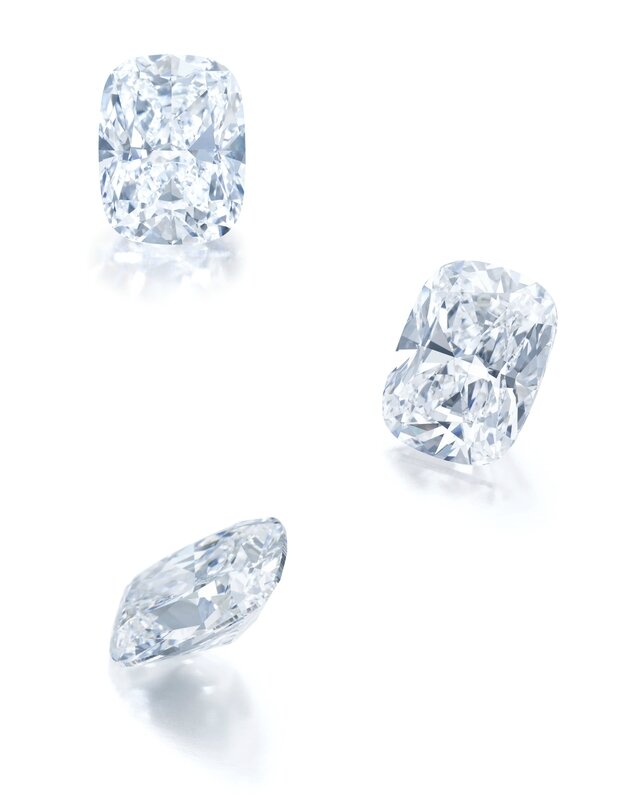
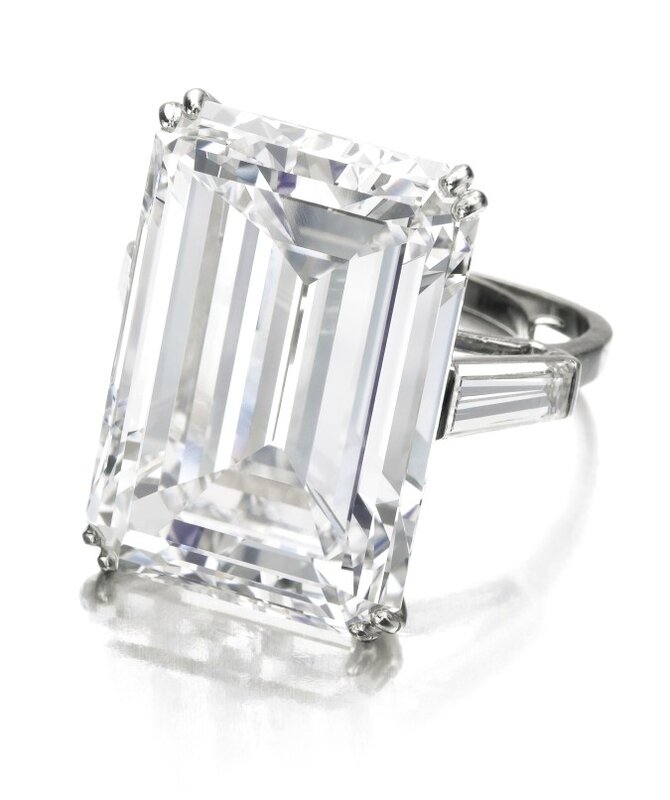
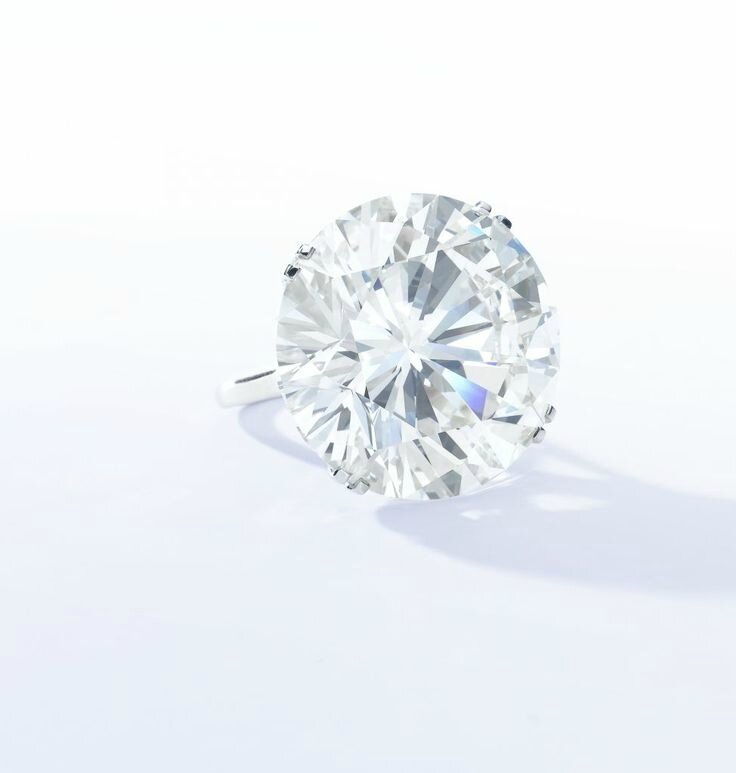
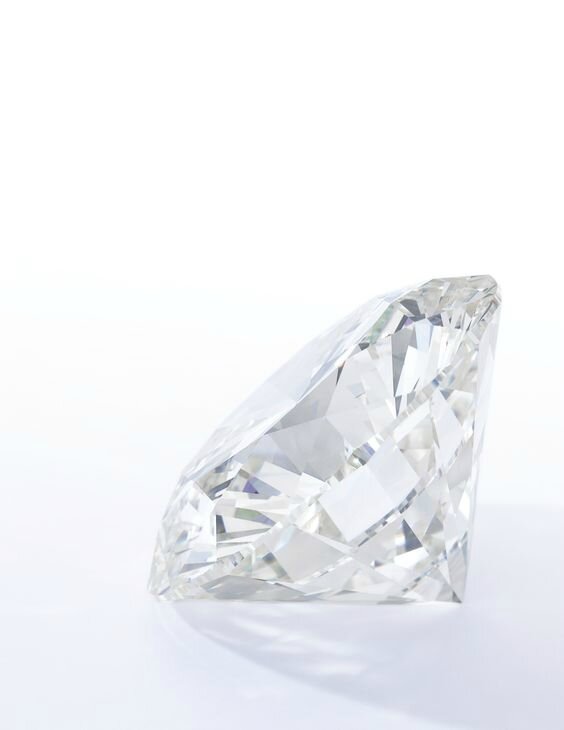


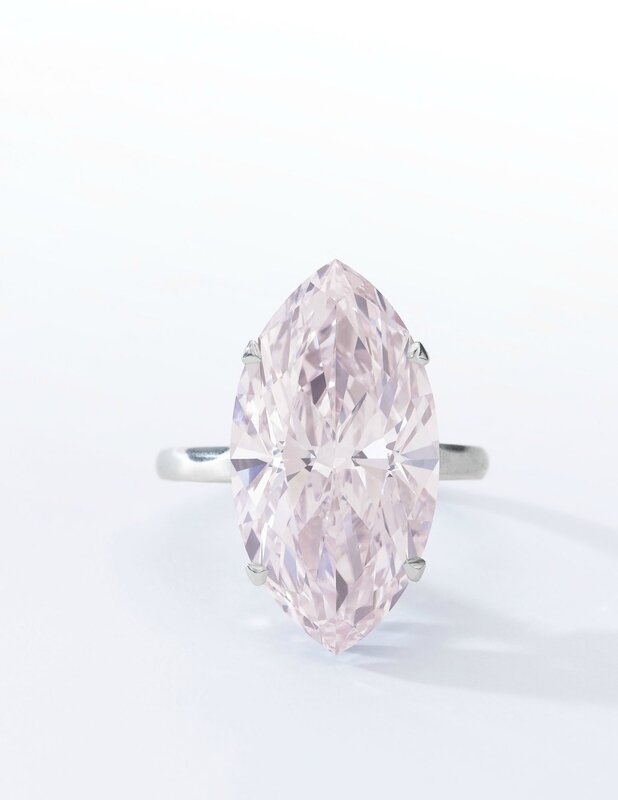
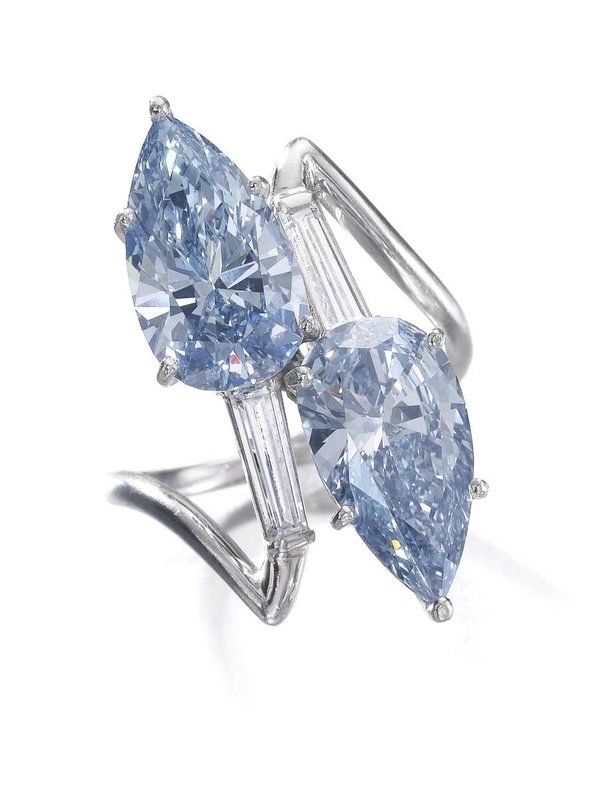

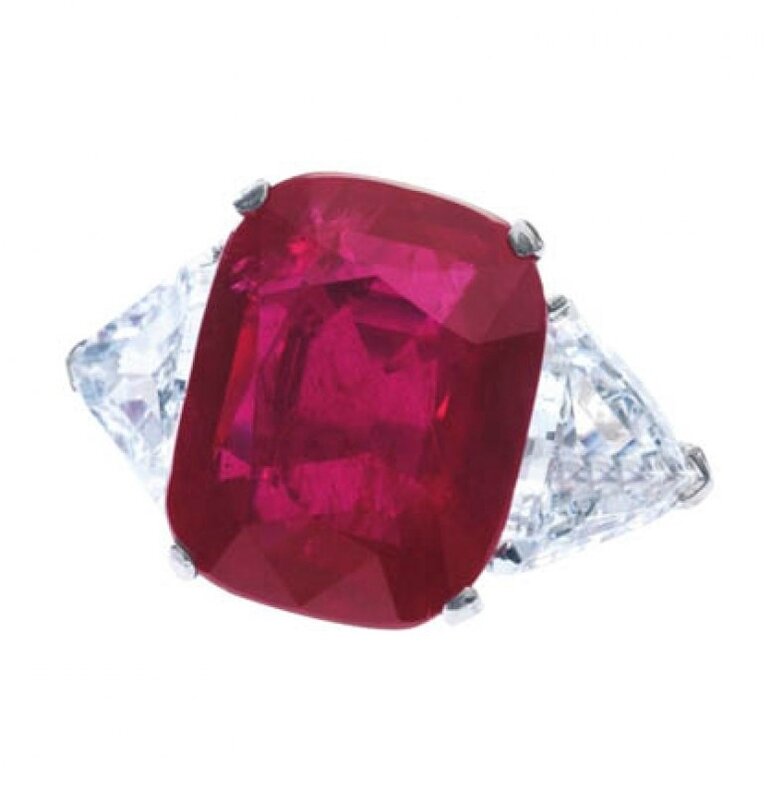

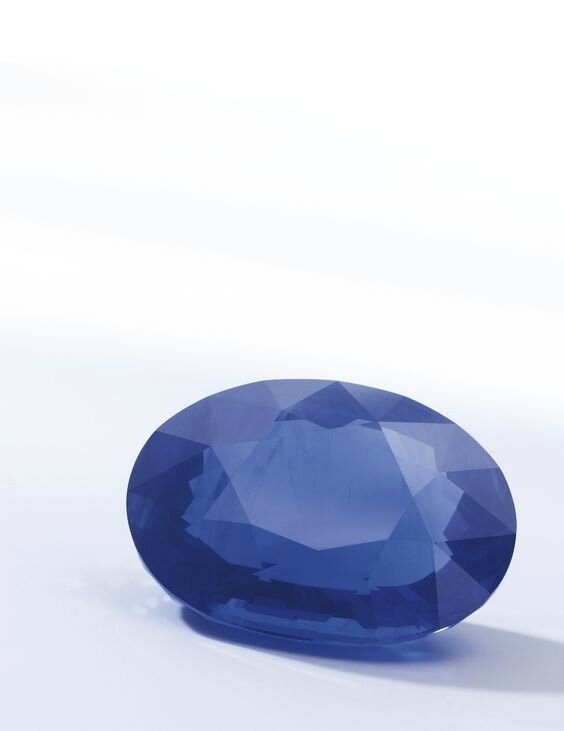

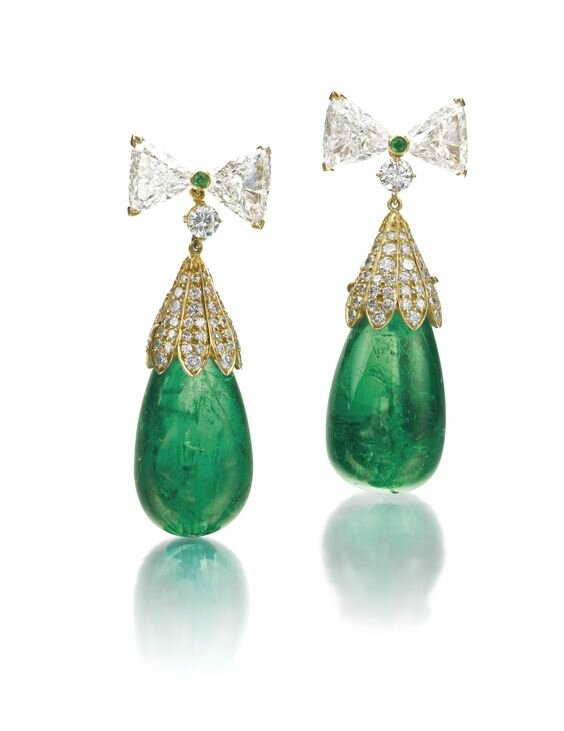
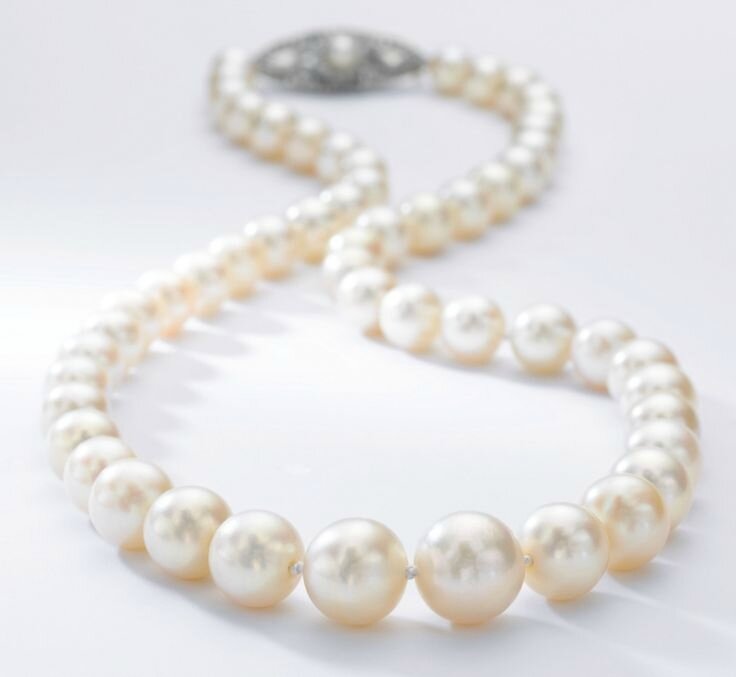

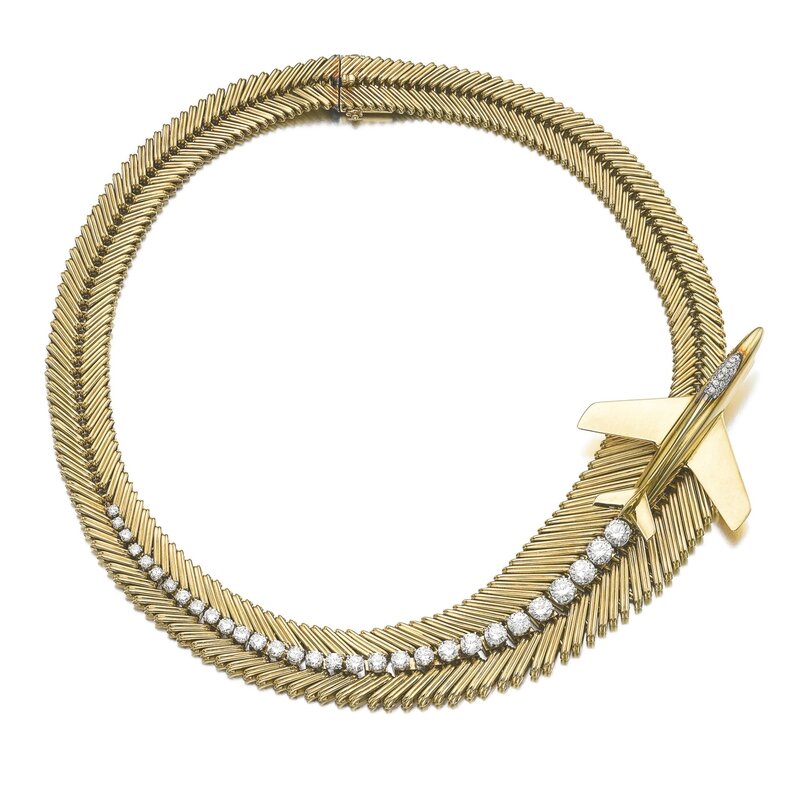
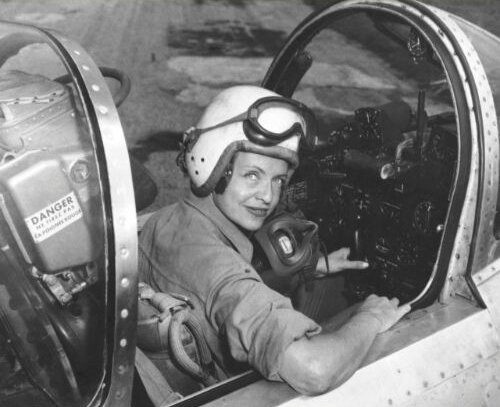





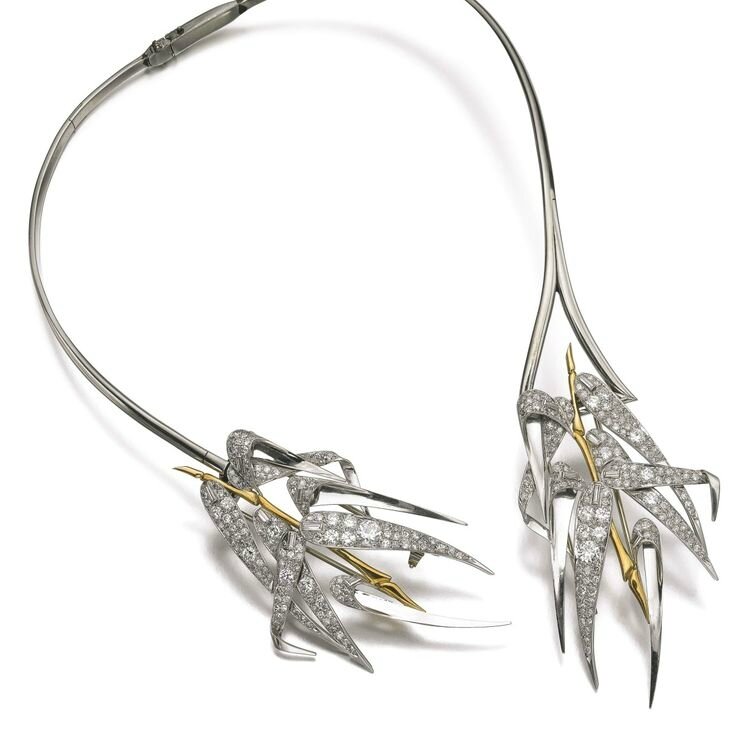
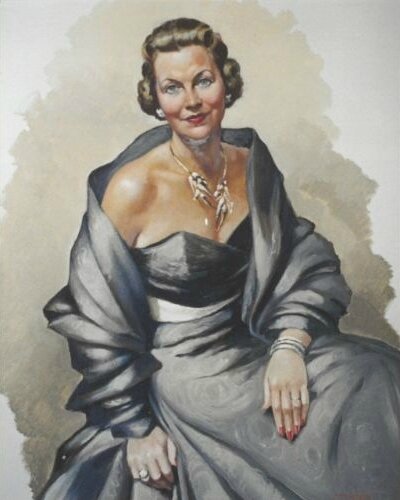

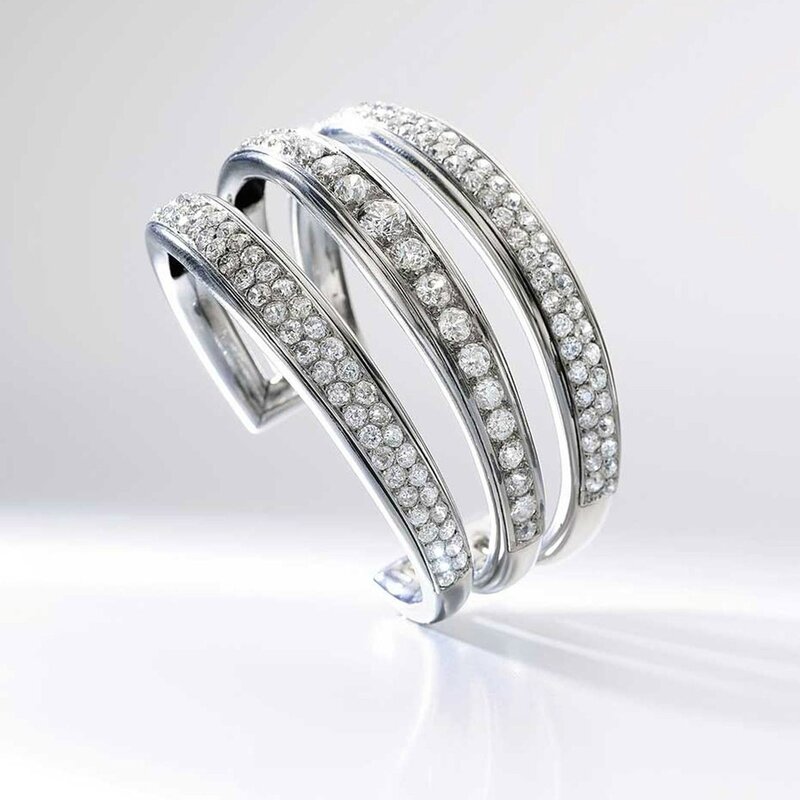


/http%3A%2F%2Fstorage.canalblog.com%2F64%2F91%2F119589%2F95129793_o.jpg)
/http%3A%2F%2Fstorage.canalblog.com%2F02%2F32%2F119589%2F96667676_o.jpg)
/http%3A%2F%2Fstorage.canalblog.com%2F71%2F79%2F119589%2F96493446_o.jpg)
/http%3A%2F%2Fstorage.canalblog.com%2F46%2F72%2F119589%2F96493310_o.jpg)